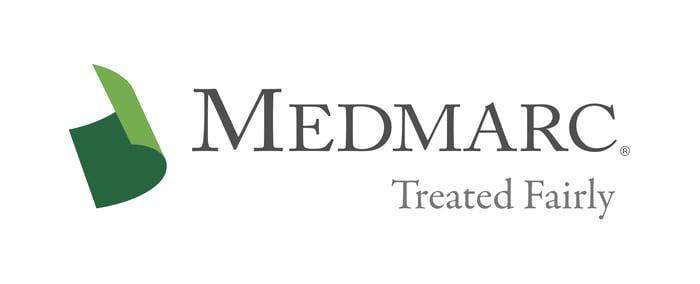FDA Enables Safeguarding Therapeutics Act in Guidance
The FDA has had the authority to destroy counterfeit drugs since 2012, when Congress passed the Food and Drug Administration Safety and Innovation Act (FDASIA), but Congress did not grant the FDA the same authority until December 2020, when the Senate passed the Safeguarding Therapeutics Act (STA) of 2020. The FDA has implemented one aspect of the STA in a guidance that defines a counterfeit device, although previous guidance documents will not be rewritten to account for a change on how the statute references the definition of a device.
Before passage of the STA, which was signed into law in January 2021, the definition of a medical device was found in Section 201(h) of the Food, Drug and Cosmetic Act (FDCA), but the legislation shifted the location of this definition in the FDCA. The definition of a device is now located in Section 201(h)(1) and the definition of a counterfeit device is in Section 201(h)(2), both of which may be correctly referenced going forward in FDA draft and final guidances, but not necessarily in all instances.
The draft guidance had stated that going forward, the agency would generally continue its practice of making reference to Section 201(h) of the FDCA when making reference to a medical device, although in other cases, would refer more precisely to Section 201(h)(1). The draft stated that any deviations from how these terms are defined in the FDCA should not be construed to have any legal significance.
The Advanced Medical Technology Association (AdvaMed) responded to the draft guidance by acknowledging the resources that would be required to retroactively update all existing guidances and rules. However, associate vice president for technology and regulatory affairs, Anita Nosratieh, stated that AdvaMed would “strongly encourage” the FDA to consistently reference the appropriate subsections of Section 201 of the FDCA going forward to reduce any potential for confusion. However, the final guidance is in principle unchanged, repeating the draft guidance’s statement that any failure to correctly recite the specific subsections of Section 201(h) would have no legal significance.
The term “counterfeit device” is defined as a device that falsely bears a trademark, trade name or other identifying mark or imprint of a device manufacturer or other entity involved in packaging, relabeling or distribution. While counterfeit devices were in circulation prior to the COVID-19 pandemic, the surge in counterfeit devices during the pandemic prompted members of both the House and the Senate to give the FDA the explicit authorities it needs to adequately control for these illicit products.
The counterfeit device guidance clarifies that any unrelated enforcement discretion practices are not intended to apply to counterfeit devices. One example is the FDA policy for device software functions and mobile medical applications, which provides enforcement discretion for some products that legally qualify as a device. The FDA stated that the enforcement discretion terms of device software/mobile medical policy should not be construed to apply to counterfeit devices.
Among the other key features of the STA is that it allows U.S. Customs and Border Protection to refuse entry into the U.S. any devices that appear to be counterfeit. The FDA’s ability to destroy counterfeit devices is intended to ensure that any such products will not be reintroduced into the supply chain once they are within the U.S. The counterfeit devices policy applies to devices regulated by both the Center for Biologics Evaluation and Research and the Center for Devices and Radiological Health.
For additional resources contact the Marketing department
Phone: 888-633-6272
Medmarc is a member of ProAssurance Group, a family of specialty liability insurance companies. The product material is for informational purposes only. In the event any of the information presented conflicts with the terms and conditions of any policy of insurance offered from ProAssurance, its subsidiaries, and its affiliates, the terms and conditions of the actual policy will apply.
Copyright © 2024 - Medmarc
